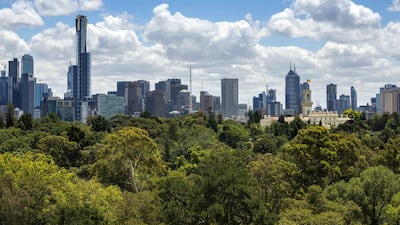Melbourne has remained as the most liveable city in the world, maintaining its seven-year tenure at the top of The Economist Intelligence Unit’s global survey. Dubai was the highest ranked in the Middle East, coming in at 74th out of the 140 cities polled by London-based organisation.
Dubai's overall position of 74th out of 140 cities puts it close to middle of the global liveability ranking. Its score of 74.7 per cent is also reflective of the global average score. This puts it in the second tier of liveability which implies that day-to-day living is fine, but some aspects of life may entail problems.
When set in a regional context, however, Dubai fares much better. It is the top ranked city in the Middle East and North African region, with Tel Aviv in second and Abu Dhabi third.
The conflict-hit cities of Tripoli and Damascus scored among the lowest.
_____________
Read more:
Abu Dhabi named second best city to live and work in
_____________
When broken into categories down Dubai's score is fairly representative of its Gulf peers. It scores well in terms of stability, offering a safe environment for citizens. It also provides a well developed infrastructure thanks to successive investment projects. However, it has a lower score for cultural and recreational availability, reflecting a gap between Dubai and other international centres such as New York, London, Paris and Tokyo.
The authors said inconsistencies in healthcare and education services between Emiratis and expats does also weigh on the overall score in these categories. Over the last five years Dubai has shown significant improvements in liveability in contrast to much of the rest of the world. The Stability, Education, Culture and Infrastructure categories have all improved, especially culture as the city has hosted more events and been able to attract more international artists.
Globally, the index reveals that there has been a marginal increase in the state of the world’s cities, after a decade of consecutive declines in how happy urban dwellers have been feeling. While the average global liveability score has fallen from 76.1 per cent in 2007 to 74.8 per cent today, the current survey of liveability appears to have finally stabilised, with 12 cities registering improvements in liveability compared with just six registering declines.
Jon Copestake, editor of the survey, said of the overall results: "While the improvement is marginal it does reflect a positive note for global liveability, which has been beset by mounting instability over the course of the last decade. Many of the challenges to liveability have not gone away, terror attacks have continued and geopolitical posturing has created further international uncertainty. Perhaps a turning point has been reached but liveability levels remain low by historical standards."

